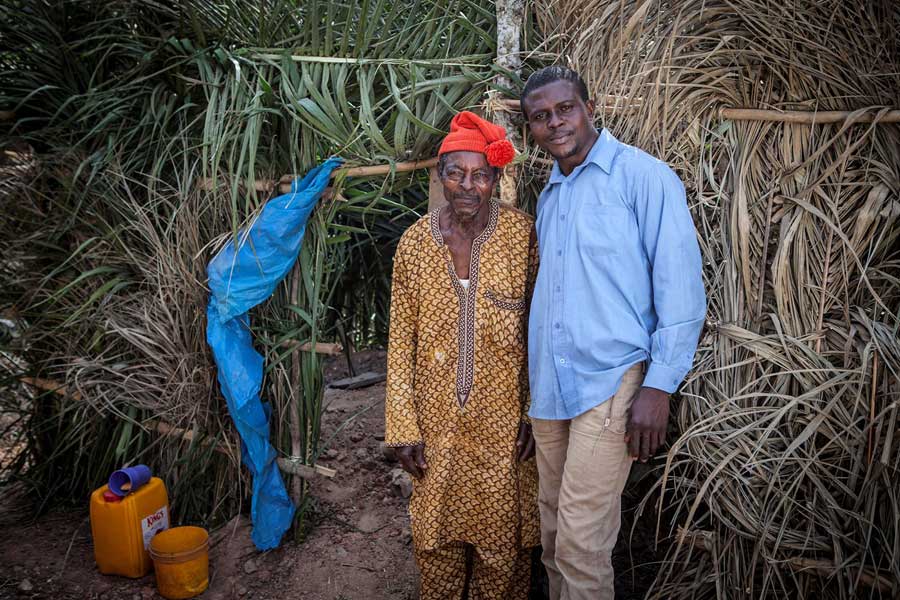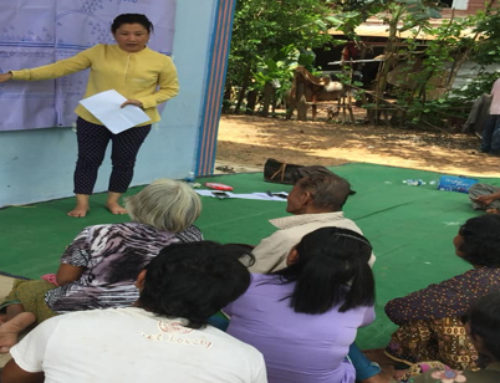No doubt you will have seen or heard the recent media coverage regarding the two teenage girls that were gang-raped, murdered and hanged from a tree in a village in Uttar Pradesh in northern India. This appalling case highlights many issues of concern in Indian society: gender-based violence, gender inequality, the caste system and poverty, to mention just a few. Another, that may be less obvious at first sight, is sanitation. The two cousins, 14 and 16 years old according to most reports, ventured out of their home at night because they needed to relieve themselves but did not have a toilet.
It is estimated that more than 1 billion people worldwide defecate in the open every day. A staggering 620 million of them are Indians. In a world of instant communication, space travel, nuclear weapons and bio-engineering this is a shocking statistic. More Indians own a mobile phone than use a toilet. Many choose to defecate at night to avoid the indignity of possibly being seen squatting to relive themselves during daylight hours. Fatally, this was the case for the two Indian girls.

Sanitation brings many health benefits, such as reduced diarrhoea, reduced worm infestations and reduced stunting. In a survey of readers of the British Medical Journal in 2007, sanitation was voted as the single most important medical milestone since 1840. Sanitation also brings dignity, it saves time, and it reduces the risk of being of attacked or assaulted, as happened in Uttar Pradesh. The solution to this challenge may seem simple: build toilets for everyone. It should not even cost that much in the scheme of things. However, past projects that did just that failed. High quality toilets were constructed for households but many were never used for their intended purpose; they were used to store firewood or house livestock instead. Essentially, this was because they were provided via top-down initiatives based on ‘educating’ and ‘instructing’ households and communities to use toilets.
In recent years there has been a revolution in the sanitation world, namely Community-Led Total Sanitation (CLTS), which has put the power of development in people’s hands. Now they do not need to wait for charities or governments to come and build toilets for them (many of which they probably would not use anyway), they are enabled to truly understand the importance of sanitation and the fact that they can do something to improve their living conditions by themselves. Subsequently, people who have spent a proportion of every day of their lives shitting behind bushes and shrubs are now building and using their own toilets without financial support. This is not about hand-outs but hand-ups. CLTS is an innovative, imaginative approach which targets emotions rather than intellect. Not only does it enable households to build their own toilets, it also truly empowers them and builds self dependence (see: https://www.cltsfoundationglobal.com/ for more information).
Dr. Kamal Kar, the creator of CLTS, and included in Foreign Policy Magazine’s list of Top 100 Global Thinkers, once told me over a drink (in his typical flamboyant style) that it is the ‘intellectual constipation’ of governments and sector professionals that is holding back this sanitation revolution. Many governments simply do not appreciate the importance of sanitation and its far-reaching effects. Compared to high-tech sectors such as communications, industry and defence, sanitation is just not sexy! However, thanks to the momentum that has been created since the International Year of Sanitation in 2008, sanitation is beginning to receive the attention it deserves. CLTS is now implemented in more than 50 countries worldwide. Interestingly, one of the countries in which CLTS has not been adopted at scale is Kamal’s home country, where half the world’s open defecators reside: India. Perhaps is it true that ‘no prophet is accepted in his own country’. But even here, the shortcomings of the well-intended but misfiring government Total Sanitation Campaign (which some experts have claimed is ‘doomed to fail’) provide an opportunity to get rid of the ‘intellectual constipation’ that leads to top-down and ineffective solutions. Gradually, I believe, we are administering the required laxative.
In my opinion, technology-based solutions such as the Reinvent the Toilet Challenge funded by the Bill and Melinda Gates Foundation are misplaced. It is not technology that will solve the problem but a change in social and cultural norms, which CLTS aims to achieve. Most toilets constructed under CLTS programmes are low-cost, simple facilities located outside the house or dwelling. This is the first step to stop people from defecating in the open. Even in developed nations, where sanitation has had far-reaching impacts on health and well-being over the past century or so, toilets inside the house are still a relatively new development. I recall using an outside toilet at playschool when 3 or 4 years old, and my father tells the story of hearing his young neighbour shout “I need attention!” whenever she had finished her business in the outhouse.
Those unfortunate girls in Uttar Pradesh were not looking for attention at all. All they needed was a toilet.
The author of this blog is Peter Harvey. ( You can view original blog post on http://peteharvey.net/2014/







Leave A Comment